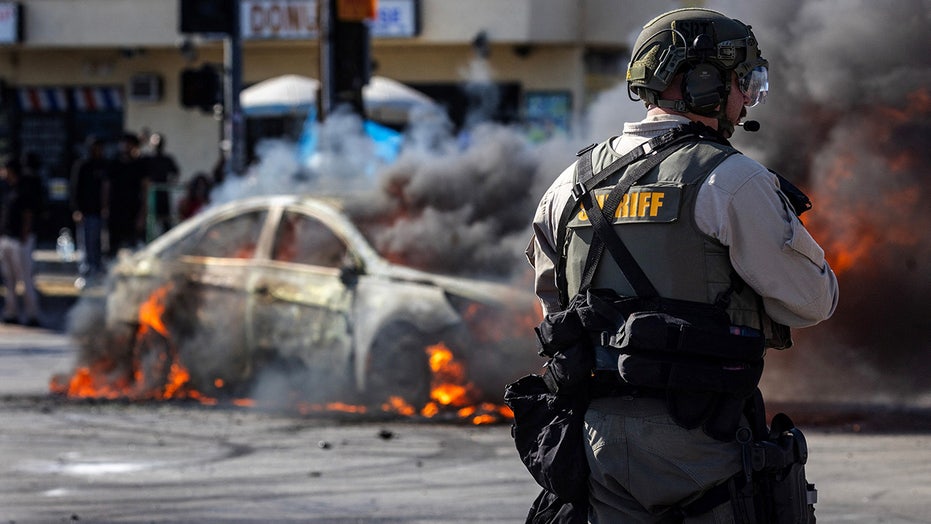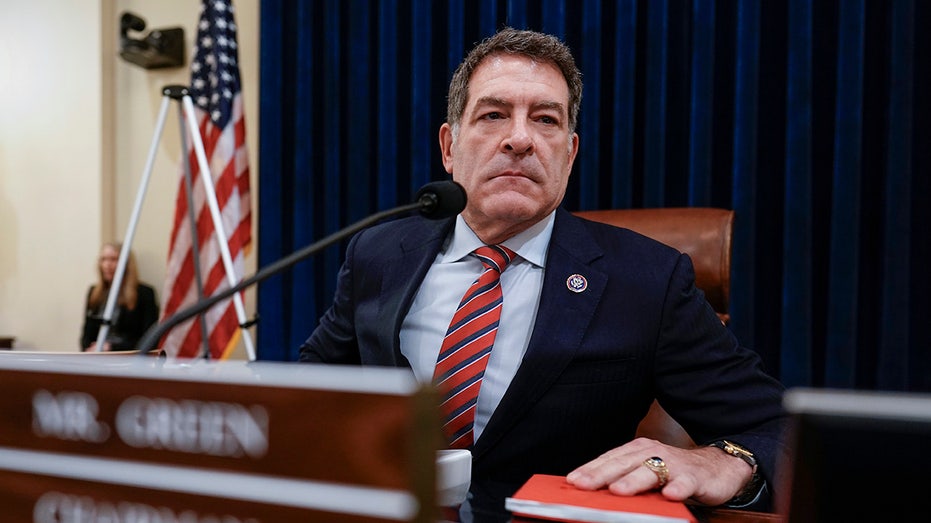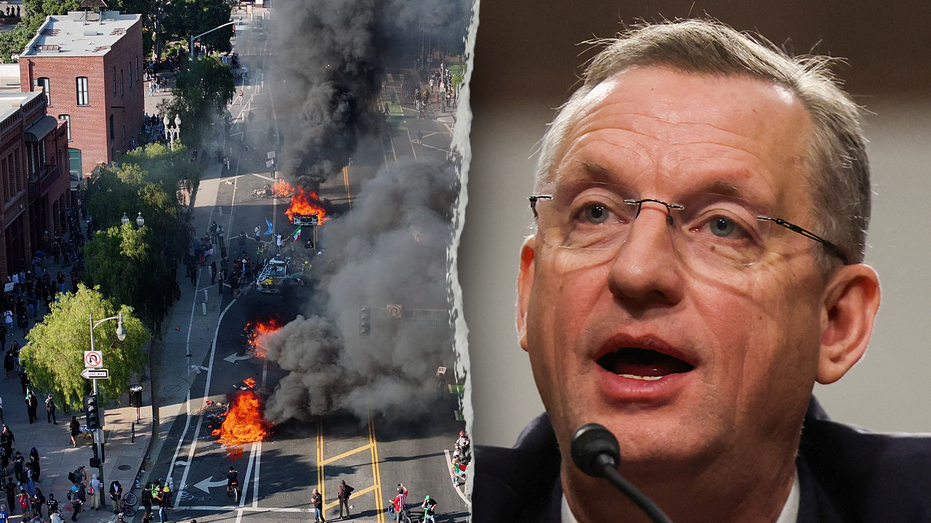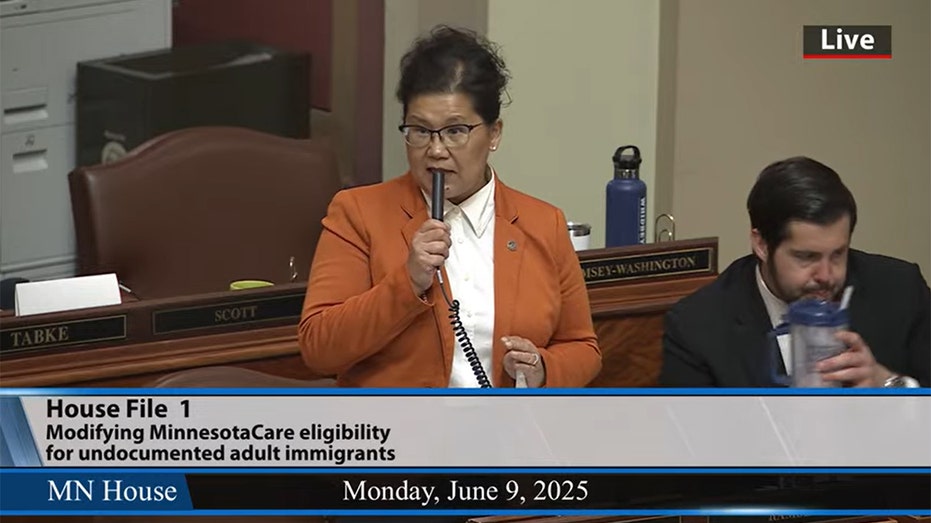ICE Targets 'Worst of the Worst' Illegal Aliens in Los Angeles Amid City Riots and Top Headlines
Start your day informed with the latest top stories delivered directly to your inbox every morning from the most trusted name in news.

Immigration enforcement escalated in Los Angeles this week as officers with Immigration and Customs Enforcement (ICE) targeted what they described as the "worst of the worst" illegal aliens accused of violent crimes. The operation drew fierce protests, with demonstrators clashing with law enforcement outside detention centers and city halls. Despite calls for leniency from immigrant advocates, ICE officials insisted the crackdown focused on individuals with serious criminal records who pose a danger to public safety.
The tension quickly spread into the political arena, as California Governor Gavin Newsom issued a direct challenge to the federal government's border policies. Newsom publicly taunted Tom Homan, the former acting director of ICE and current border czar under the Trump administration, urging him to “come and get me” if he believed state leaders were obstructing federal law. This bold statement amplified an already heated standoff between state and federal authorities over immigration enforcement priorities and sanctuary policies.
Meanwhile, a Democratic representative became the center of controversy after sharing a vulgar video message demanding ICE agents leave California. Critics from both major parties condemned the remarks, and several lawmakers called for her expulsion from Congress, citing the need for respectful discourse amid mounting tensions. The episode underscored the deep divisions within Congress over how best to address immigration challenges and the conduct of public servants during periods of unrest.
As protests erupted in Los Angeles, critics accused progressives, including Representative Alexandria Ocasio-Cortez and her allies, of neglecting deteriorating conditions in areas known as "Red Light districts." Residents and business owners expressed frustration over rising crime, visible prostitution, and sanitation issues, arguing that political leaders have failed to address quality-of-life concerns as public focus shifted to ICE operations and broad national debates on immigration reform.
In a further display of its evolving enforcement tactics, ICE launched a new strategy targeting courthouse arrests. The initiative, intended to fast-track deportations of individuals with pending criminal charges, marks a significant departure from policies adopted under the Biden administration. Supporters argue it will improve community safety, while critics warn it could deter witnesses and victims from participating in legal proceedings out of fear.
Beyond the immigration flashpoints, the nation’s political discourse continued to simmer on multiple fronts. Former President Donald Trump’s team sought to clarify rumors involving high-profile figures like Elon Musk, while a recent French Open tennis champion stirred debate by commenting on the broader climate in the U.S. following Trump’s election. Each episode further fueled debate over the intersection of politics, pop culture, and sports, reflecting America’s deeply polarized landscape.
Internationally, concerns mounted as Russian naval actions in the Baltic Sea prompted a muscular response from the U.S. Navy and NATO allies. The presence of so-called "ghost ships" added a layer of uncertainty as military exercises in the region ramped up, raising questions about regional security and the possibility of further confrontation.
With passions running high both domestically and abroad, the days ahead promise continued conflict, bold statements, and new strategies as government officials, law enforcement, and local communities navigate a complex web of competing interests and unresolved issues.




